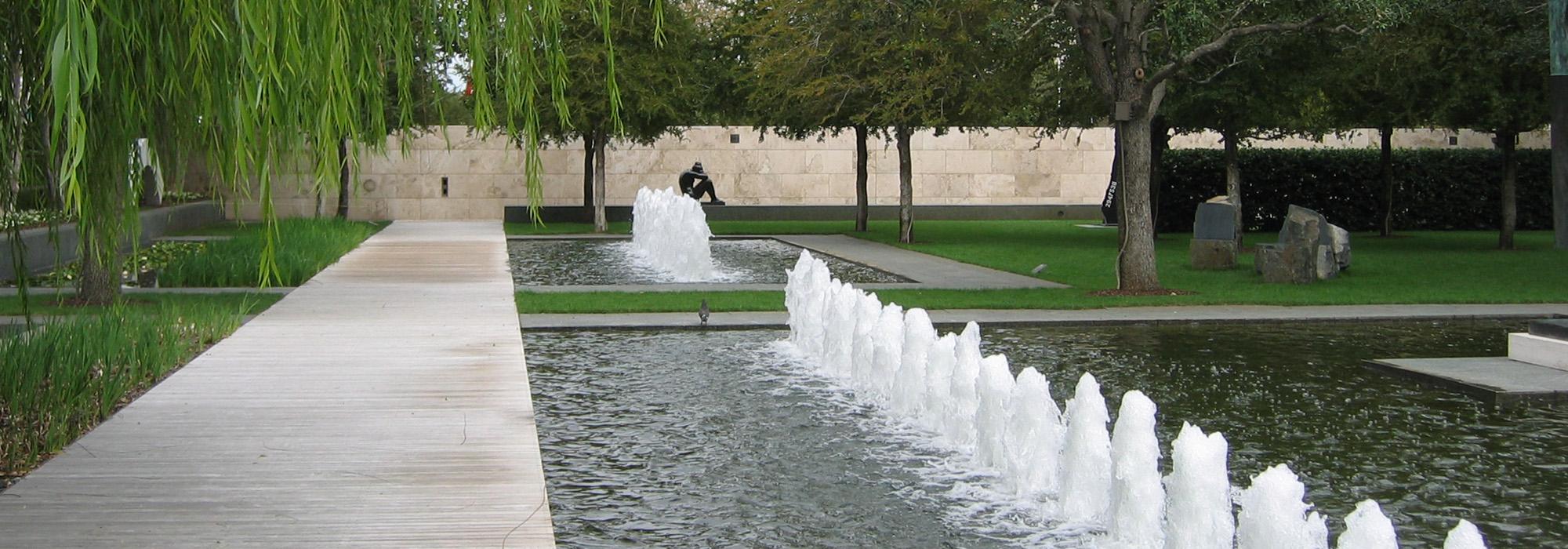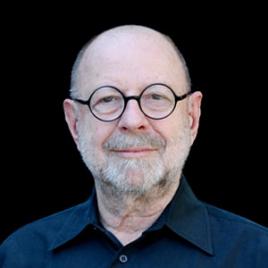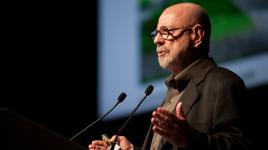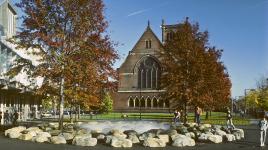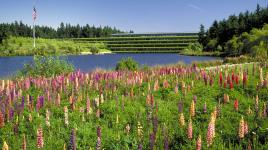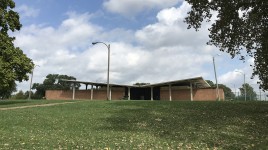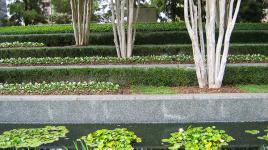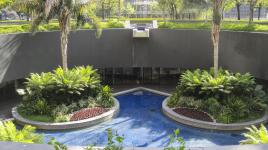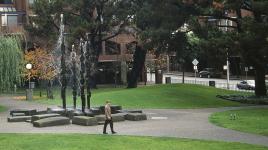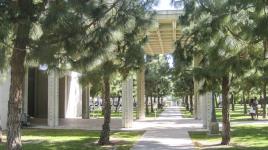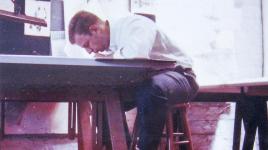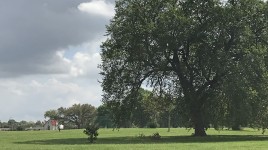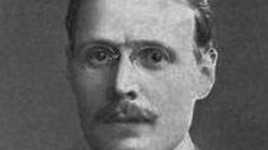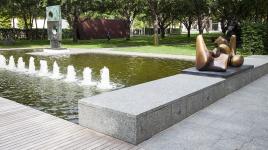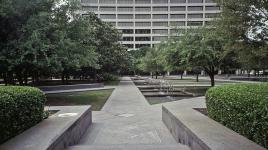Pioneer Information
Born in Pasadena and raised in Berkeley, California, Walker studied landscape architecture at University of California, Berkeley, and earned an M.L.A. from Harvard’s Graduate School of Design. After graduation he worked for Lawrence Halprin and later for Hideo Sasaki, with whom he partnered to create the firm Sasaki, Walker and Associates in 1957. In 1983 he left Sasaki Walker, and Associates and successfully partnered with Martha Schwartz and William Johnson, among others. As Principal of PWP Landscape Architecture, founded in 1983, Walker’s portfolio includes gardens, public parks, plazas, corporate headquarters, university campuses, museums, memorials, and urban regeneration projects worldwide. His landscapes reflect his knowledge of contemporary art, Modernism, and historical, cultural, and ecological considerations. Significant projects in his career include Sea Pines Plantation, Hilton Head, South Carolina; Foothill College, Los Altos Hills, California; Upjohn Corporation World Headquarters, Kalamazoo, Michigan; Tanner Fountain, Harvard University, Cambridge, Massachusetts; the Nasher Sculpture Center, Dallas, Texas; and the National 9/11 Memorial, New York City.
Walker has shaped the profession through his academic work and publishing efforts. Beginning in 1976, he was acting director of the Urban Design Program at Harvard University, and he then chaired the Landscape Architecture Program from 1978 to 1981. He also served as head of the Department of Landscape Architecture at the University of California, Berkeley. He has authored numerous books, established Spacemaker Press, and founded Landscape Forum journal. His awards include Harvard’s Centennial Medal, the University of Virginia’s Thomas Jefferson Medal, the ASLA Design Medal, and the IFLA Sir Geoffrey Jellicoe Gold Medal.



